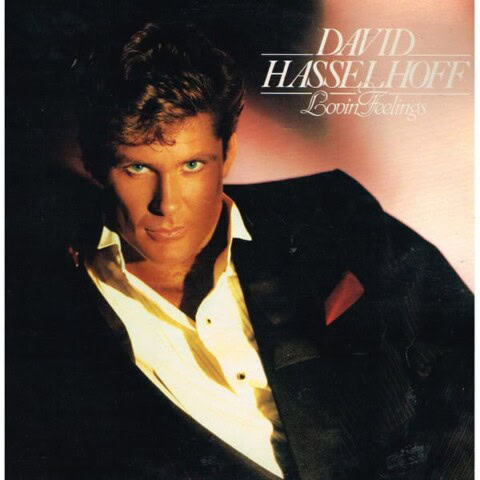 OKAY, IT’S A nifty graphic, and I applaud Music Production Schools for gathering all the information and thinking it through to a conclusion.
OKAY, IT’S A nifty graphic, and I applaud Music Production Schools for gathering all the information and thinking it through to a conclusion.
But perhaps – just perhaps – it’s asking the wrong question.
It may be true that downloads of a contemporary pop singer make it more successful in sheer numbers than, say, a classic Beatles or Michael Jackson hit.
But numbers don’t tell the whole story. They don’t speak of cultural resonance. And it’s so damn easy to download, listen, discard. Just imagine all those purchasers of Beatles singles in the ’60s. Every single one of them had to put on their glad rags, leave the house, maybe engage in some kind of public or private transport, find a store, find the record and purchase the single. Yep, they must really have wanted that thing. And because they really wanted that thing, they undoubtedly took it home and thrashed the hell out of it. Is that happening with digital downloads? Nope. A download is as easy as pushing a button. There’s no excitement; no anticipation. Then that download has to compete with all the other downloads and YouTube clips and whatever other music and media is vying for attention that day. The EXPERIENCE is simply not comparable.
One other thing that Music Production Schools haven’t analysed is this: what the artist is getting, monetarily. On the face of it, some contemporary star will be hugely successful because of all the mega-downloading of their songs, but as the graphic notes, the new model is one espoused by Spotify – not ownership, but a monthly fee paid by the listener for the privilege of listening. Or, like radio, putting up with the ads and paying nothing. Somewhere in that model, the artist gets paid, but it’s not clear whether even a million listens to a particular song on Spotify will reward the artist substantially in a monetary fashion.
I’m not suggesting that consuming music via digital download (or whatever) is wrong, just that comparing digital modes of consumption with those of CD and vinyl purchasers is ultimately spurious, because the real core of music listening is with the total experience of the purchaser – his or her experience with a cultural artifact. GARY STEEL

Created by: MusicProductionSchools.net
















Thirteen years ago the door was opened to this digital future, but the record companies and their artists got scared and slammed the door shut.
It’s good to see the light again
http://www.youtube.com/watch?v=VIuR5TNyL8Y
Great video! Grab-asses BAD!! 🙂 Kind of sums it all up doesn’t it? Thanks for posting that Luke.